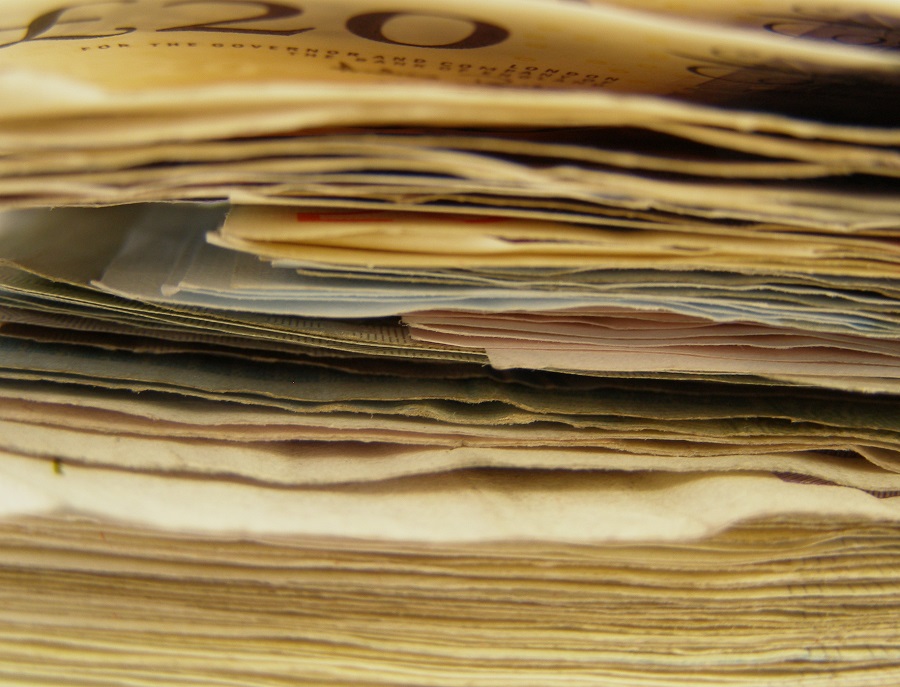
Sometimes, traders come to me with a glaring gap in their strategy.
One common oversight can be the thing getting in the way of good results.
It’s this…
Many traders think of their trade results ONLY in terms of pips won or lost.
Nothing wrong with that you might think.
But the pips mean absolutely nothing until you put a monetary value to them.
You can’t go down to the shops and spend those 50 pips you won on your last trade, can you?
So how much were the pips actually worth to you… 10p each, £1 each… £20 each?
It’s only when you convert the trade into cold hard cash that it has any real meaning.
And once you start thinking like this it becomes obvious that you need a way to balance the ‘unit-size’ of risk on each of your trades. It’s the only way you can get probability working for you.
So here’s how you need to think about the size of your trades…
You can’t just fire off 50 pip risk trades here, 20 pip risk trades there, and anything in between too, all risking a level stake of £1 per pip, and still expect to see smooth growth in your equity.
There’d be no standard unit of risk. Some trades are risking twice as much as others and everything is out of balance. Do this and your account is likely to topple given time.
So you need to come up with your own ‘unit’.
You need your own standard unit of risk that you can apply to each of your trades.
How much of your trading bank should you allocate against each trade?
Common trading wisdom suggests placing a maximum risk of 2% of your total trading bank against any one trade and I think that’s a good benchmark.
But there are always exceptions to the rule…
If you’re trading a particularly large account you might have a more conservative outlook. You might be willing to risk only 0.5% of your account per trade because of the economy of scale involved.
You can still make big money – each one of your trades might have a potential cash return of £1,000.00 so you might decide the 0.5% risk profile fits your trading goals perfectly.
One or two of those trades a week should keep the wolf from the door!
And it means even a string of losing trades will hardly scratch the surface of your overall account.
If you’re trading a small account on the other hand, you might decide to risk MORE on each trade in order to grow your account more quickly.
Again, that might be the right thing to do when you look at things in terms of cash.
A 4% risk on your account might convert to £15.00 – it may well be a sum you feel comfortable risking in order to enjoy faster growth to your equity. And don’t forget, you can always scale things back to risk 2% on each trade as your cash account grows.
So the key here is to do a quick reality-check whenever you’re planning a trading campaign.
It’s easy to get tangled up thinking purely in terms of percentages but I think you need to add-in a ‘real world’ cash factor too.
And forget about tallying your haul of pips. Get them converted to meaningful numbers – i.e. money – within your trading records. It’s the only way to correctly measure the growth of your account.
